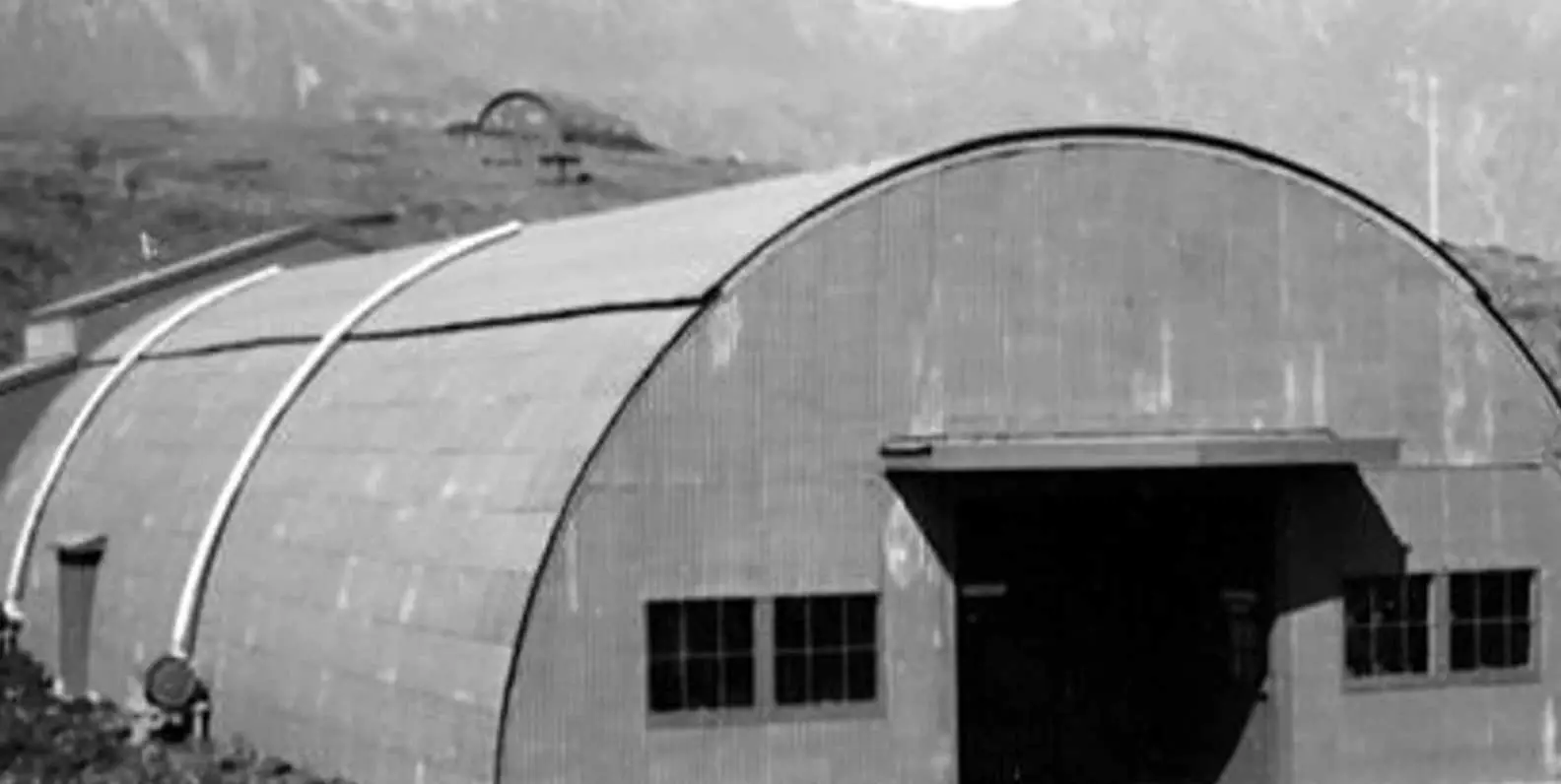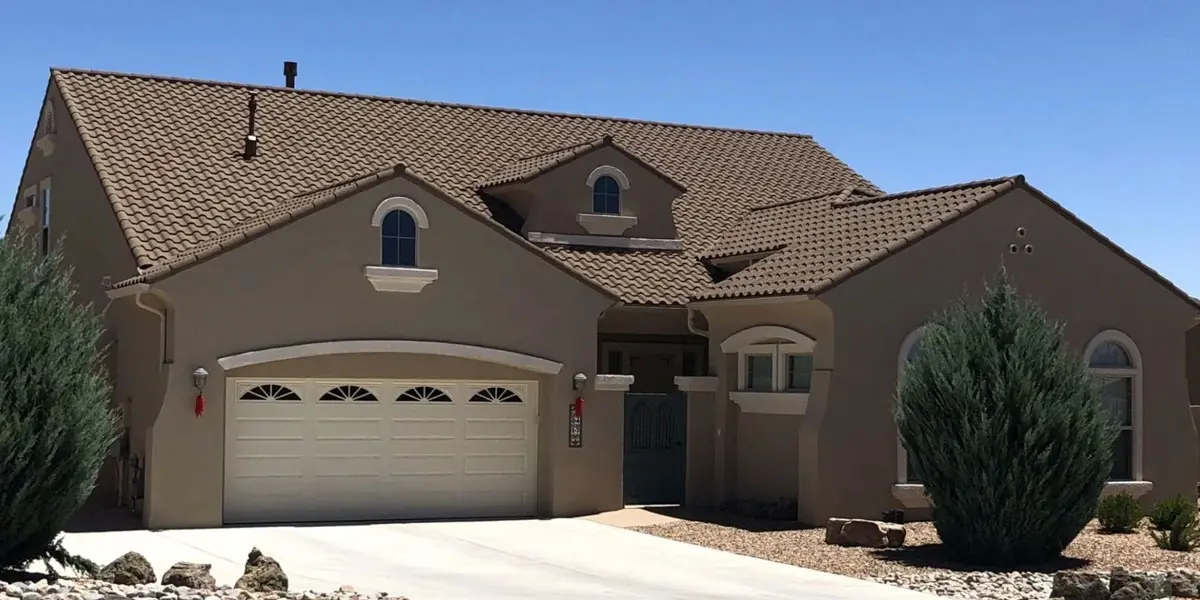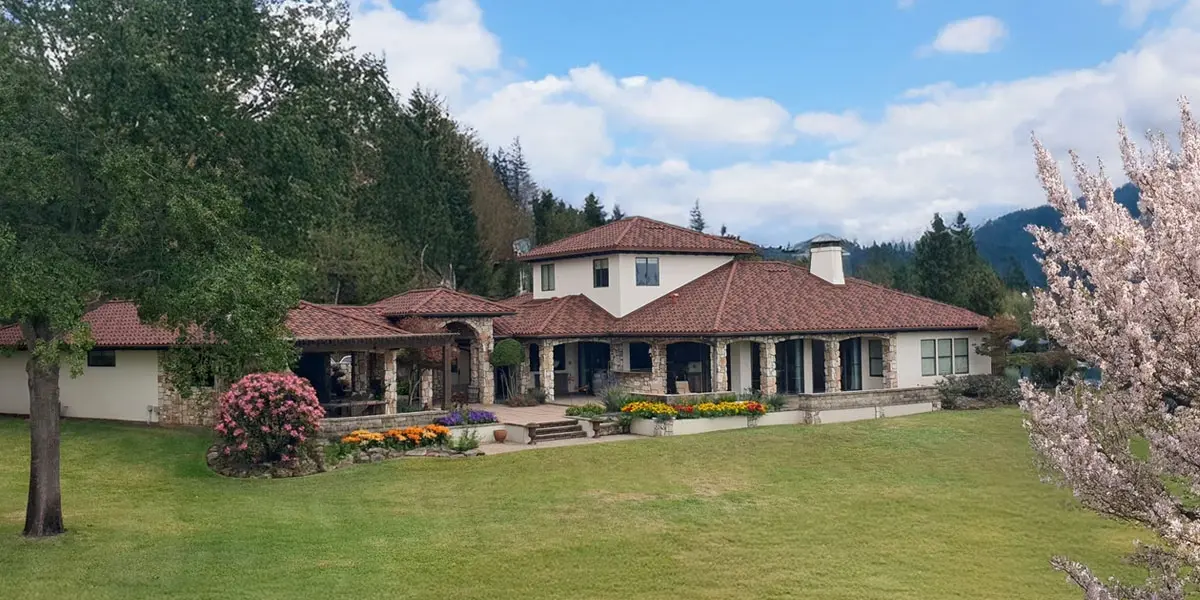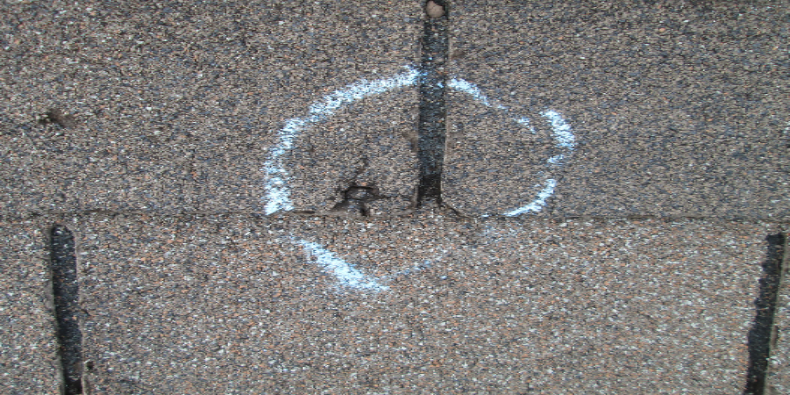DECRA Metal Roofing is proud to celebrate 65 years of producing one of the most durable and longest-lasting roofs on the market.
As we look forward to our next 65 years, we want to celebrate this year’s milestone by recognizing the history of DECRA and our steadfast commitment to innovation and quality. For a timeline with noteworthy milestones listed, continue reading below.
A WWII Innovation That Would Revolutionize the Roofing Industry
1939: After repeated bombings from the Germans during WWII, the British quickly rebuilt key strategic buildings using makeshift materials, such as sheets of corrugated metal.
Unfortunately, this proved to be a devastating move for the Allies. The shiny and reflective metal roofs made for easy targets when they illuminated under flairs dropped by German bombers prior to air raids.
Oil-based paint, the traditional remedy for camouflaging buildings, wasn’t an option due to supply shortages caused by the war. This led Allied Command to commission a leading bituminous emulsion manufacturer, the Decraspray Co., to develop a new method for camouflaging the buildings.
The industrial chemists at Decraspray developed an emulsion formula using the highest possible bitumen content to achieve a durable, water-resistant coating that would both disguise and protect the underlying metal roof.
Throughout the war, this formula was used to protect strategic buildings from both German air raids and the region’s harsh climate conditions.
While the original purpose of the Decraspray formula was to camouflage and protect Allied buildings, the Decraspray company had no idea their formula would revolutionize the roofing industry.
1946: Years after the war, multiple attempts were made to remove the Decraspray coating. However, the Decraspray formula had bonded so well that it was nearly impossible to remove from the underlying metal roof.
When Decraspray realized the underlying metal roof was in pristine condition after more than a decade, they saw the potential use of their formula for residential and commercial buildings. After marketing the coating to industrial developers and contractors, demand for the durable and protective coating surged. The popularity of the formula also caught the attention of a New Zealand industrialist.
1954: After seeing a magazine ad for the formula, New Zealand industrialist and entrepreneur Lou Fisher visited the UK in 1954 to see the impressive results for himself. He was amazed at how well-preserved the Decraspray metal roofs were and immediately saw the potential for creating a new standard of durable roofing. He acquired the exclusive right to manufacture the Decraspray formula in all areas outside of the UK, and upon returning to New Zealand, he opened the first overseas manufacturing plant to coat galvanized steel sheets with Decraspray’s durable bituminous emulsion.
1955: Decramastic is registered as a trademark by Lou Fisher.
1957: Fisher experimented with various materials and in 1957, he produced the first Decramastic roofing tiles by applying the bitumen emulsion to metal tiles made from galvanized steel. However, Fisher quickly realized that the tar-like coverings caused the panels to stick together when heated by the sun. To solve this, he added crushed stone granules to the manufacturing process to prevent the sheets from sticking. Though initially used to prevent the sheets from sticking together, the stone granules became a highly sought-after residential design feature.
A Revolutionary New Roofing Material Enters the Market
1967: As a result of continuous innovation, the original Decramastic tiles were improved in 1967 with an interlocking feature for substantially enhanced durability.
1978: A surge in demand for Decramastic roof tiles, which had been marketed in Europe since 1974, led to the establishment of a manufacturing plant in Liege, Belgium to produce roof tiles under the trademark Decra®.
1980: As continuous innovation remained a priority for DECRA, the bituminous emulsion was replaced by a state-of-the-art acrylic coating in 1980.
1985: While DECRA products were first introduced in Hawaii in 1968, the products didn’t really take off in the U.S. until the 1980s. When California experienced a surge in wildfires, many communities banned wood shake roofs. Since DECRA was a noncombustible and fire-resistant alternative to wood shake, its popularity surged in the U.S.
1989: DECRA opens a state-of-the-art manufacturing plant in the U.S. in Corona, California to meet the demand of a rapidly growing U.S. market.
Today: DECRA Metal Roofing has set the industry standard for quality and durability. Our ongoing pursuit of excellence is wholly attributed to the contributions and relentless support from our team members, customers, contractors, distributors and partners. We are grateful for each and every one of you and look forward to what the next 65 years will bring for DECRA Metal Roofing.
See and Feel the DECRA Difference
DECRA roofs are continuously tested by independent labs to ensure the quality that DECRA is known for is present in each and every roof. As a testament to the quality and durability of DECRA roofs, all products come standard with one of the most comprehensive Lifetime Limited Warranties in the industry.
With five profiles and dozens of colors to choose from, DECRA can replicate the look of traditional roofing materials like asphalt shingles, clay tiles and wood shake without shortcomings in durability or longevity.
Ready to see and feel the DECRA difference? Order a complimentary sample today.
Editor’s Note: This blog was originally published in October of 2020 and has been updated with current information.







